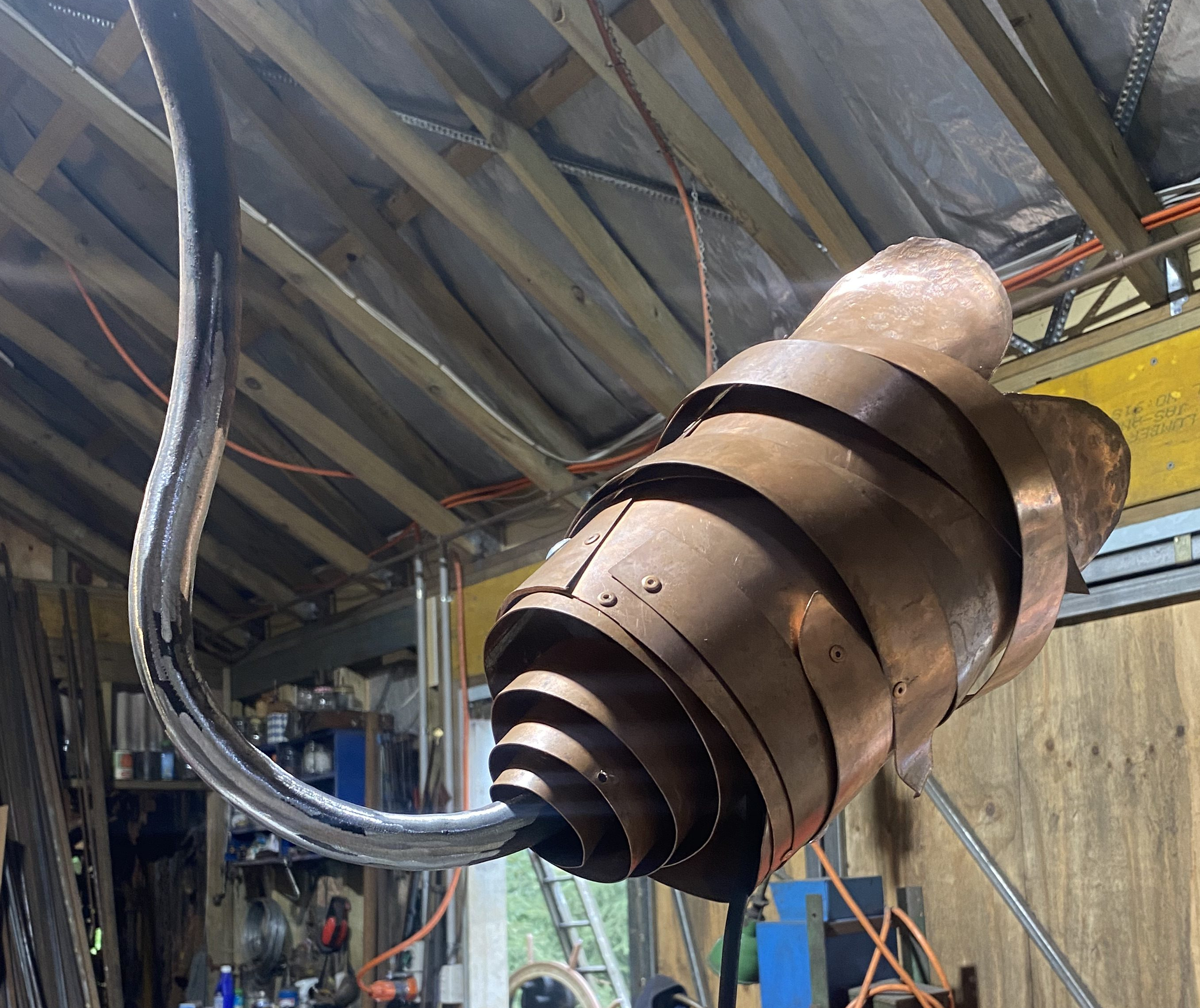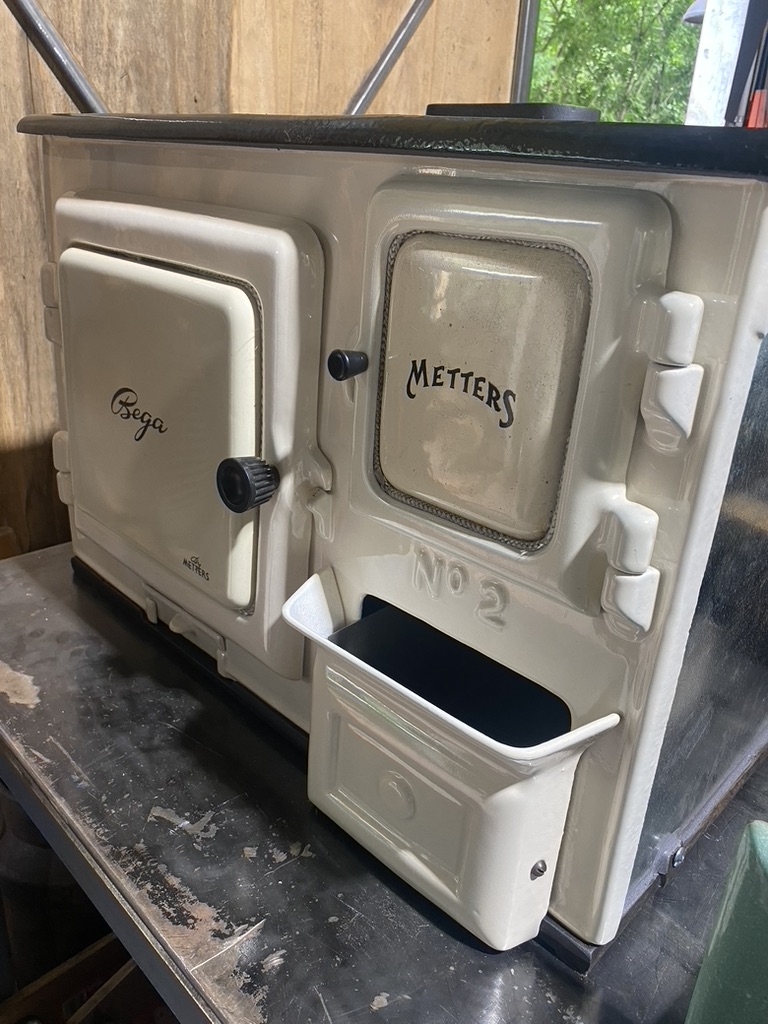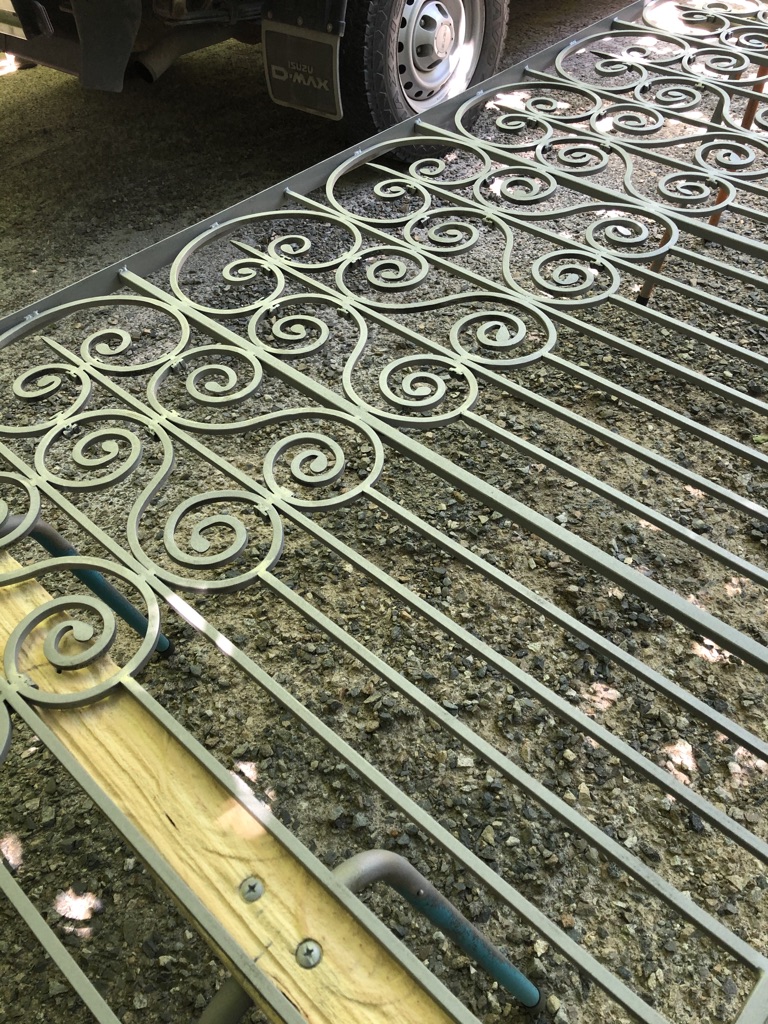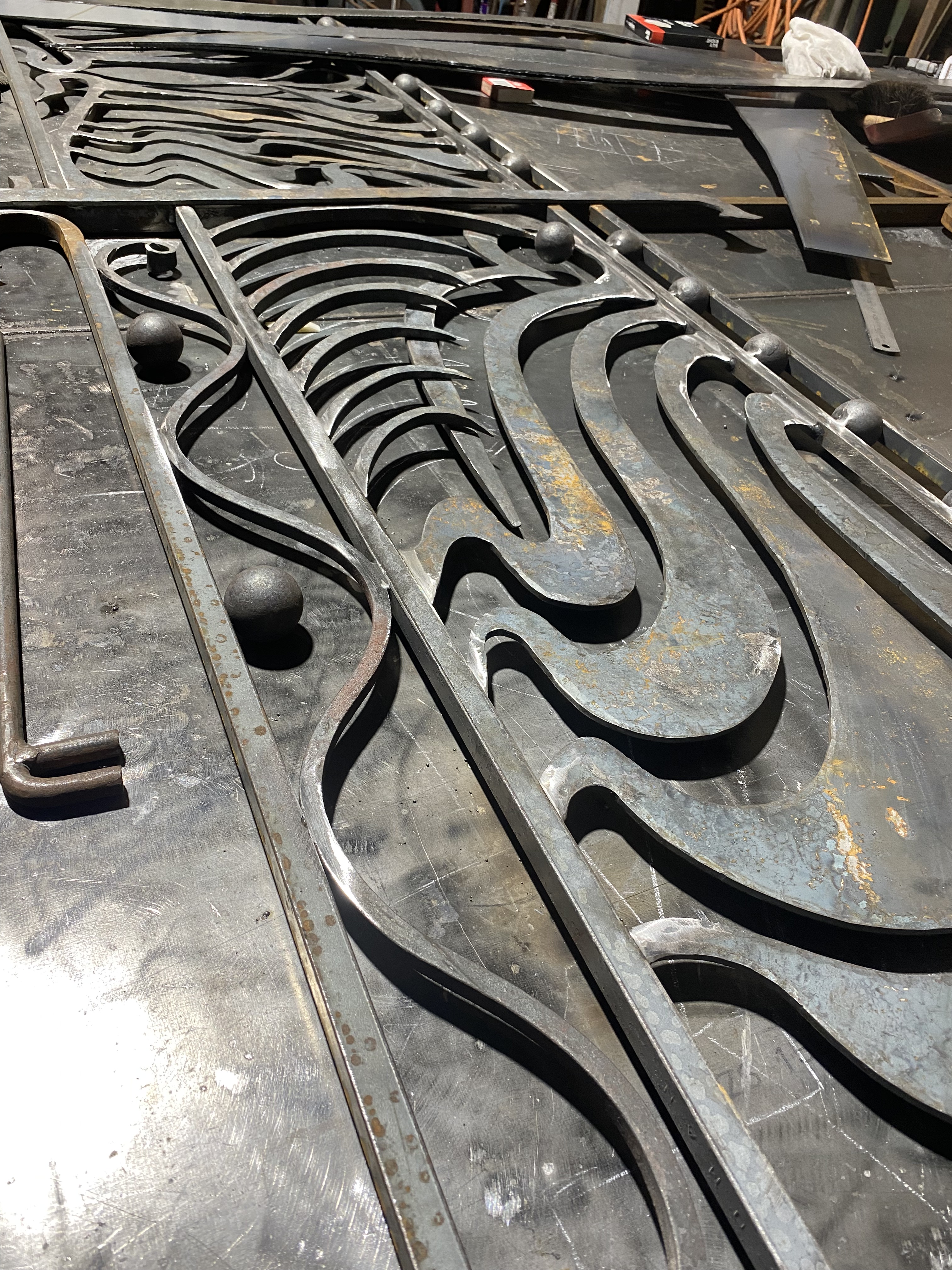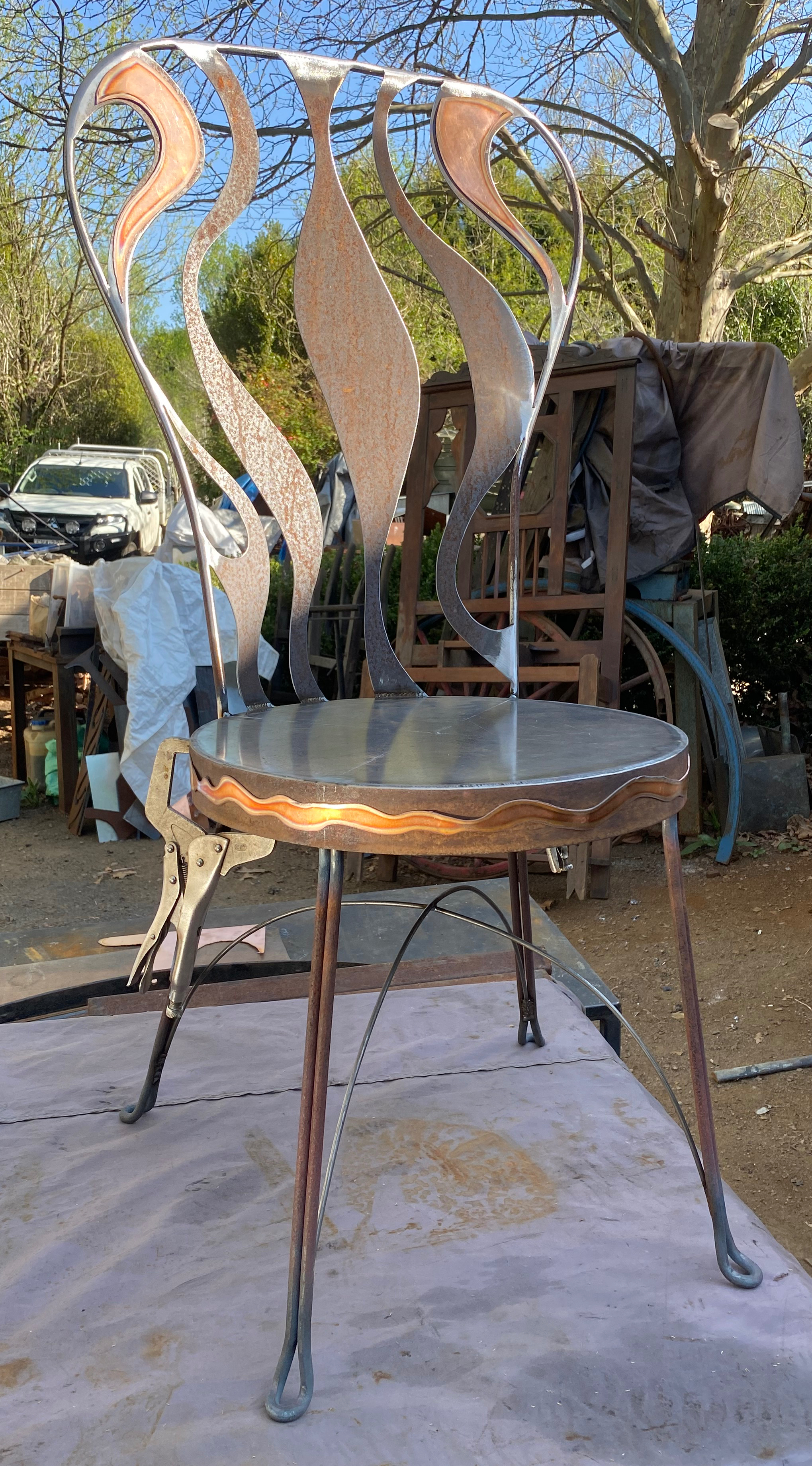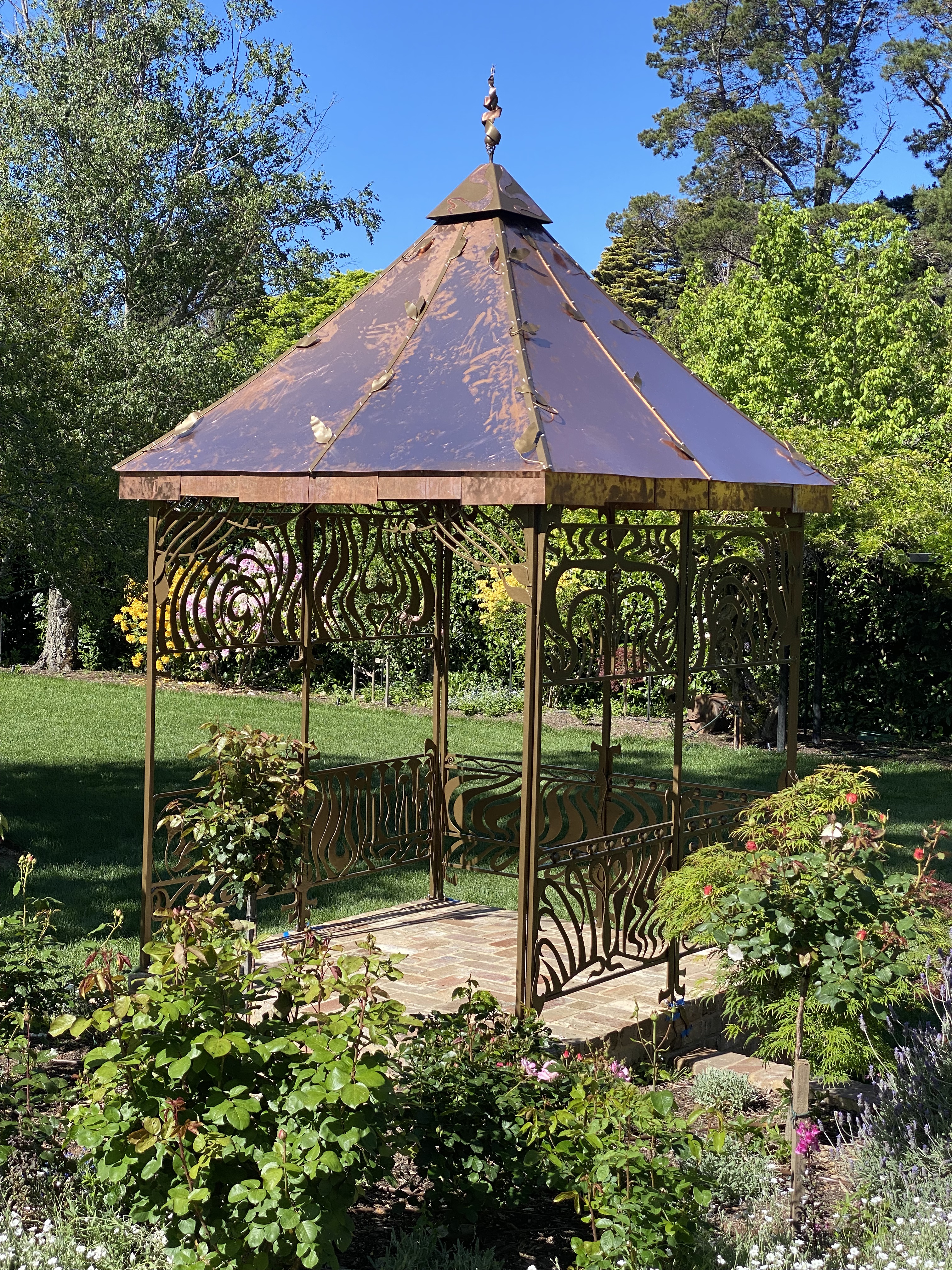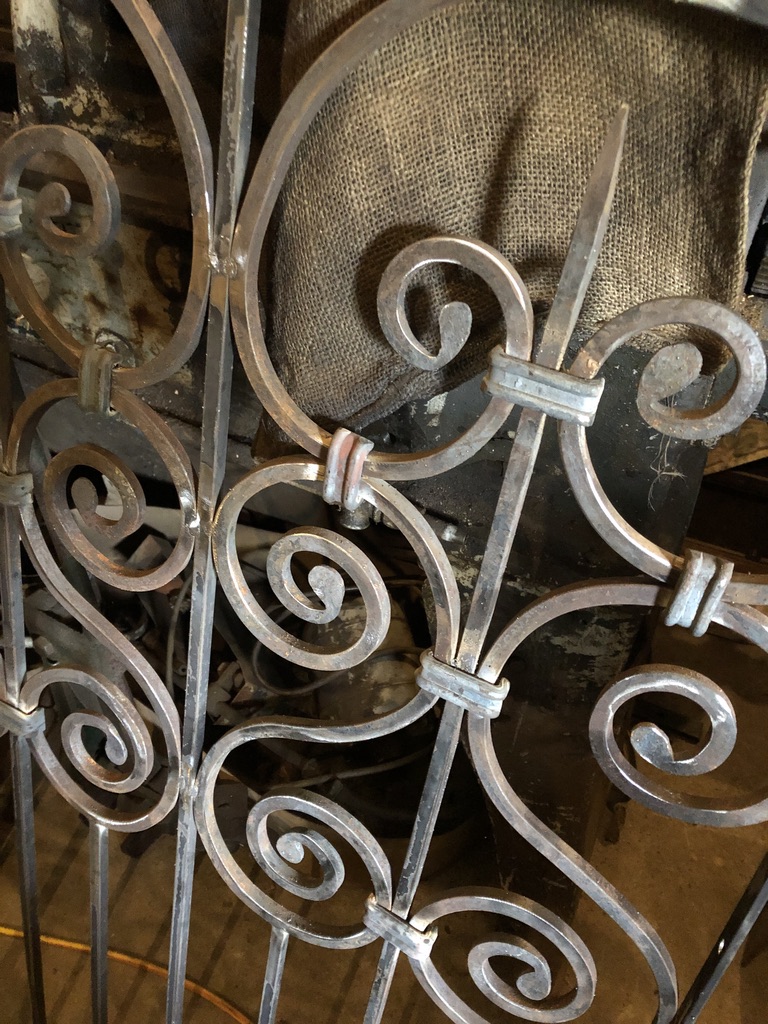Your cart is currently empty!
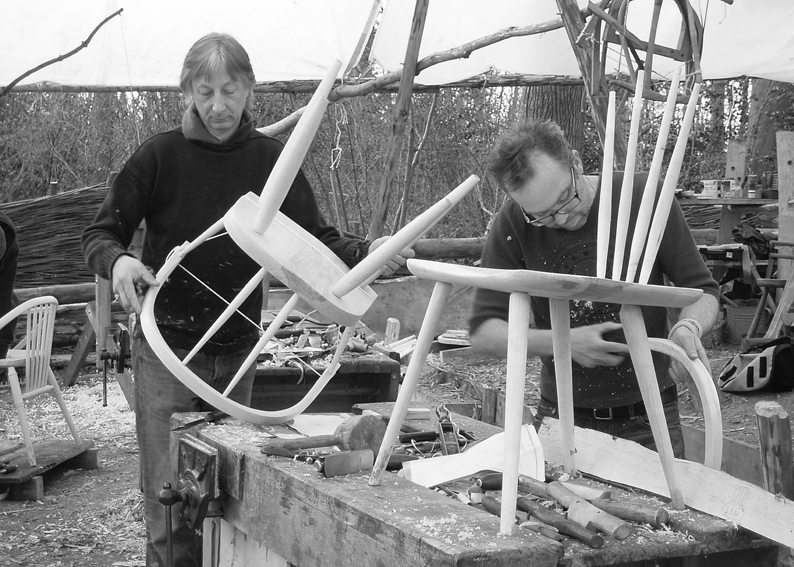
OK, so what is a Bodger? Or what would you be doing if you were Bodging?
Bodging
In many dictionaries you will not find the word bodging, bodgers or bodger. You might find the word bodge, meaning to botch or mend clumsily.
However, actually a bodger was a skilled craftsman that made chair legs and braces. The craft of bodging goes back about five hundred years but I am unaware of anyone making a living as a bodger these days. In Europe you can still visit many traditional craft fairs and still see demonstrations of bodging – but I’m not aware of any active bodgers here, although if you’re out there please get in contact.
stephen.hogwood@optusnet.com.au
A traditional shave horse.
Guide to bodging
Selecting a not too old, leggy (quickly grown) beech tree within a stand would have been the ideal choice for the bodger. Tools needed to be a bodger are limited to a saw, axe, chisels, draw-knife and a lathe (traditionally a pole lathe) for turning. He would have a lonely existence working from temporary woodland workshops near to where he had felled the tree. The tree would be sawn into billets about the right length for the chair legs. The billet would be split into many pieces using a wedge. The axe would be used to shape the pieces into the shape of a chair leg. The axe would only sharpen on one side. The bodger would then use a two handled draw knife to refine the shape of the leg. Finally, using a pole lathe (made of wood and string) the bodger would finish off his work. The finished chair legs would be left in the woods to season for a few weeks (depending on the weather) then taken to a centre for making chairs. Once at the centre the benchman (dealing with the sawn part of the chair) and the framer (dealing with assembling the chair) would take over.
The Pole Lathe

The modern lathe is powered by electricity but the pole lathe was power by foot.
It was called a pole lathe because the ‘driving string’ was attached to the ‘tensioned pole which was up to 12 feet long’. The driving string was rapped around the piece of wood being worked on and also attached to the ‘foot-powered treadle’.
The bodger would press down the treadle causing the wood being worked on to spin in one direction. He would use a chisel rested on the ‘tool rest’ to cut the wood to the required shape. He would take the chisel away from the work when he takes his foot off the treadle as the work is turned in the opposite direction by the action of the tensioning pole.
There were two other parts to the pole lathe. The lathe bed and the puppet. The puppet could be moved within the bed to allow for different length pieces of wood.
Origin of the name bodger
The name bodger may have derived from Badger, as the life of a bodger was similar in many ways. As they spent the whole day in the wood only coming out in the evening. Although, this has not been confirmed.



